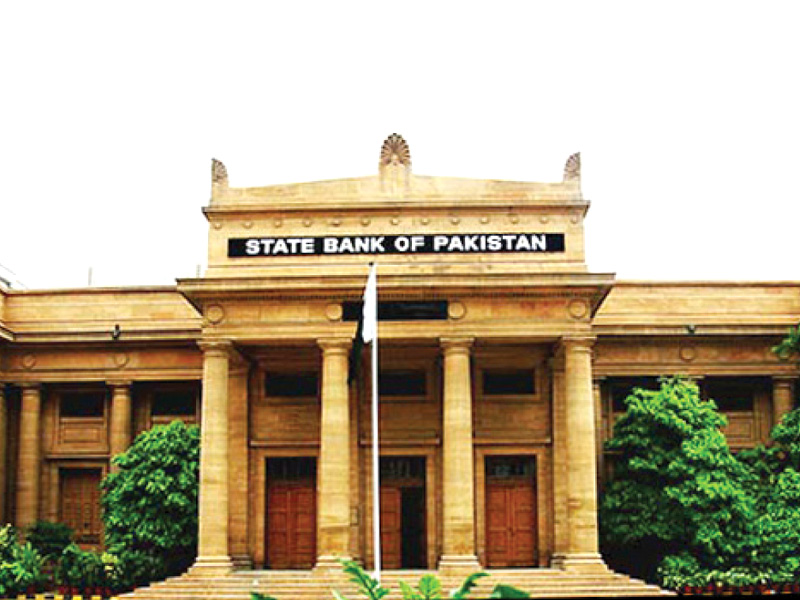
KARACHI: Unlike many other countries, our monetary policy seems to reach beyond its underlying fundamentals. In its latest monetary policy announcement, the State Bank of Pakistan (SBP) has focused more on inflation than other factors. This approach restricts monetary authorities from forming a comprehensive policy which covers other issues like debt management and exchange rate etc.
It can be observed that inflation, which is a fiscal-driven phenomenon, cannot be controlled through monetary measures. A tight monetary policy does not assure the curbing of inflation, even when it is the prime goal of the monetary policy. When inflation prevailed at 22%, our corresponding discount rate was 15% – nearly the highest in the region. But when it was slashed to 14%, on the demand of the business community, inflation also declined – which shows a positive relation between the two, instead of the traditional inverse association.
Despite growing demand for a decrease in the interest rate, the SBP has maintained the benchmark rate at 9.5% in the latest monetary policy. Inflation is currently in the single digits, but other macroeconomic indicators do not bode well, according to the SBP. A major source of concern is that the availability of loans has grown only 4%, while domestic debt has increased.
The SBP has mentioned the actual problem, but failed to take corrective measures in this regard. Similarly, the fiscal deficit, which leads to unlimited monetary expansion if more currency is printed to overcome it, has been the major cause of inflation in the recent decade. Monetary policy in this regard has seemingly failed in its entirety.
Meanwhile, it seems that our monetary policy has little regard for investment. Economic obstacles like the energy crisis, the prevailing law and order situation and political instability are already creating an unfavourable climate for investment. In this scenario, a reduction in the discount rate would surely have come as a relief for investors.
There is a need to formulate a comprehensive policy which has multiple objectives; including curbing inflation, achieving stability in the exchange rate, enhancing investment in line with effective management of government borrowing and limiting monetary expansion. These ultimate objectives will be achievable only in the case of coordination between monetary and fiscal authorities. The autonomy of the central bank should be ensured; otherwise, monetary policy will be reduced to nothing more than a useless exercise conducted every two months.
THE WRITER HOSTS BUSINESS TALK SHOWS ON FM 101 AND RADIO PAKISTAN AND IS PURSUING M PHIL DEGREE IN ECONOMICS
Published in The Express Tribune, February 11th, 2013.
Like Business on Facebook to stay informed and join in the conversation.
COMMENTS (3)
Comments are moderated and generally will be posted if they are on-topic and not abusive.
For more information, please see our Comments FAQ




































































"It can be observed that inflation, which is a fiscal-driven phenomenon, cannot be controlled through monetary measures. A tight monetary policy does not assure the curbing of inflation, even when it is the prime goal of the monetary policy. When inflation prevailed at 22%, our corresponding discount rate was 15% – nearly the highest in the region. But when it was slashed to 14%, on the demand of the business community, inflation also declined – which shows a positive relation between the two, instead of the traditional inverse association."
Did a high schooler write this article or what? Since when is one data point enough to make a sweeping generalization about a widely accepted cause and effect relationship.
SBP by recklessly allowing local borrowing and printing of notes then lowering of interest rates has ruined the economy.Very sad